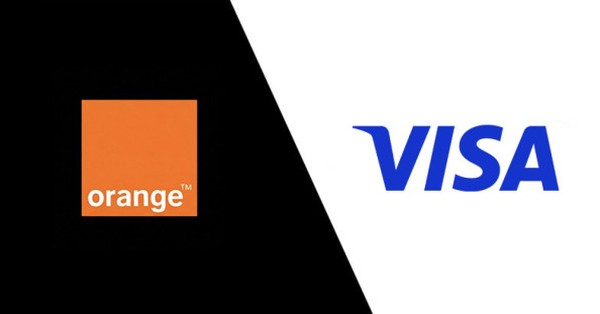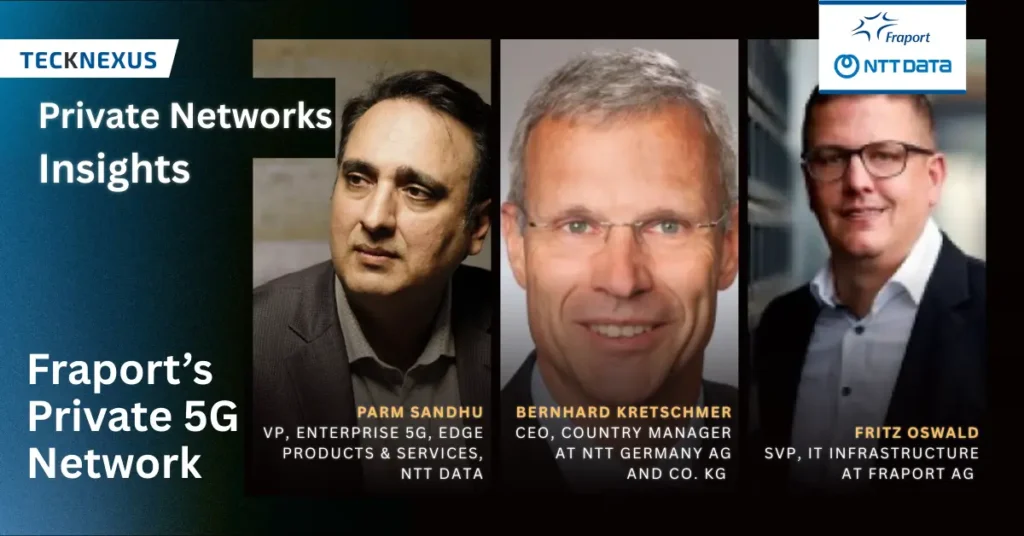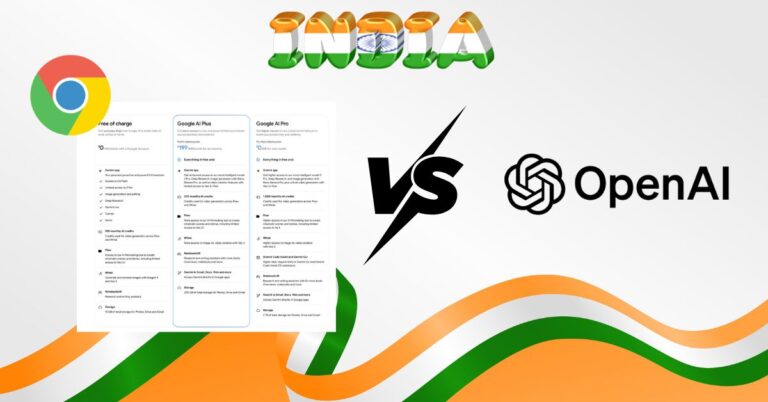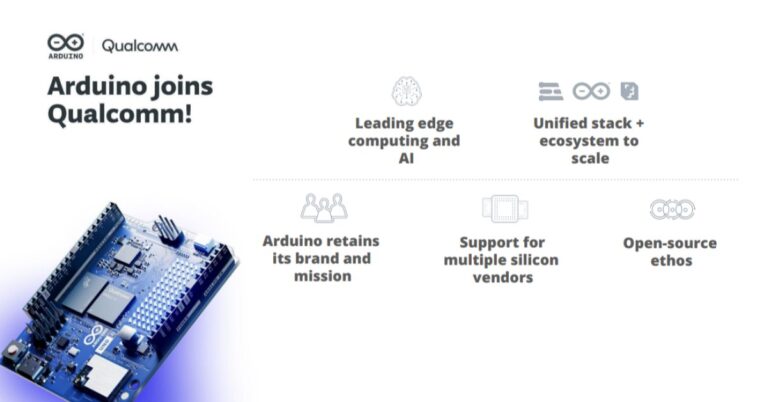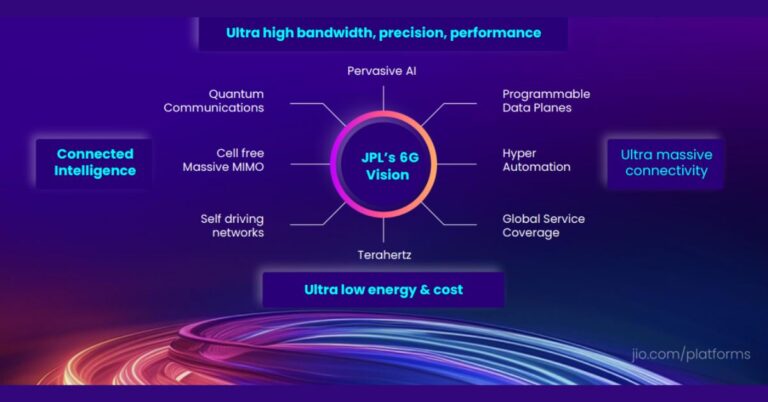Orange Money–Visa virtual cards boost Africa e-commerce
A new Orange Money–Visa pact aims to turn millions of mobile wallets into cards that work online and abroad, expanding acceptance while tightening security and compliance.
Key takeaways: virtual cards and global acceptance
Orange Money Group and Visa are expanding a strategic partnership that brings a virtual Visa card into the Orange “Max…
Home » Education
Education
Executive Interviews
Essential insights and practical tools for navigating private networks. Get Details.
Available on Amazon & Google Books
Subscribe To Our Newsletter
- Tech News & Insight
- December 15, 2025
- Hema Kadia
Orange Money Group and Visa are expanding a strategic partnership that brings a virtual Visa card into the Orange “Max it” app, letting users fund purchases directly from their mobile money balance for local and international e-commerce. The service is live in Botswana, Madagascar, Jordan, and now Côte d’Ivoire, with
- Tech News & Insight
- December 11, 2025
- Hema Kadia
Google has introduced a sharply priced AI Plus subscription in India to push generative AI into the mass market and counter OpenAI’s ChatGPT Go. The AI Plus plan launches at ₹199 per month for new users for six months, then moves to ₹399 per month. The bundle raises usage limits
- Tech News & Insight
- December 1, 2025
- Hema Kadia
India’s Department of Telecommunications has ordered major messaging apps to implement continuous SIM binding and frequent web re-authentication to curb fraud, with compliance expected in early 2026. The directive applies to app-based communication platforms that use mobile numbers as identifiers, including WhatsApp, Telegram, Signal, Snapchat, ShareChat, JioChat, Josh, and regional
- Tech News & Insight
- November 24, 2025
- Hema Kadia
- Tech News & Insight
- November 12, 2025
- Hema Kadia
Alphabet will invest €5.5 billion in Germany through 2029 to expand AI-capable cloud infrastructure and office capacity, anchoring new buildouts in the Frankfurt Rhine-Main region. Google will construct a new data center in Dietzenbach, near Frankfurt, and continue scaling its Hanau campus opened in 2023. With Frankfurt’s role as Europe’s
- Tech News & Insight
- November 6, 2025
- Hema Kadia
BT is pressing ahead with cost-cutting as it confronts sharper broadband competition, softer device demand, and structural declines in legacy services. BT reduced its total workforce by about 6% in the first half of its financial year, down to roughly 111,000 employees from 116,000 at the start of the period.
- Tech News & Insight
- October 10, 2025
- Hema Kadia
Qualcomm is acquiring Arduino to anchor an end-to-end developer funnel from hobbyist prototypes to commercial robots and industrial IoT systems. As part of the announcement, Arduino introduced the Uno Q, a new board priced around $45–$55 featuring Qualcomm’s Dragonwing QRB2210 processor that runs Linux alongside Arduino tooling and supports vision
- Tech News & Insight
- October 8, 2025
- Hema Kadia
At India Mobile Congress 2025, Jio framed a broad agenda that ties devices, networks, AI skills, and safety into a national-scale digital strategy. The message from Jio’s chairman was clear: India’s telecom flywheel now spans the full value chain, from semiconductors and device platforms to fraud management and the next
- Tech News & Insight
- September 25, 2025
- Hema Kadia
Telefónica reports €77 billion invested over ten years to expand sustainable, resilient connectivity, with SDG 9 (industry, innovation and infrastructure) as the strategic anchor. The operator now serves nearly 350 million accesses, has passed 81.4 million premises with FTTH, and runs one of the largest ultra-broadband footprints globally, second in
- Tech News & Insight
- September 22, 2025
- Hema Kadia
Digital Nasional Berhad (DNB) and Ericsson have launched a national upskilling program to train 40,000 municipal and government employees in 5G, AI, IoT and automation, signaling a shift from network build to service delivery readiness. Malaysia’s 5G footprint is expanding and the country is positioning for AI-led growth by 2030.
TeckNexus Newsletters
I acknowledge and agree to receive TeckNexus communications in line with the T&C and privacy policy.
Whitepaper
Private cellular networks are transforming industrial operations, but securing private 5G, LTE, and CBRS infrastructure requires more than legacy IT/OT tools. This whitepaper by TeckNexus and sponsored by OneLayer outlines a 4-pillar framework to protect critical systems, offering clear guidance for evaluating security vendors, deploying zero trust, and integrating IT,...

Whitepaper
Telecom networks are facing unprecedented complexity with 5G, IoT, and cloud services. Traditional service assurance methods are becoming obsolete, making AI-driven, real-time analytics essential for competitive advantage. This independent industry whitepaper explores how DPUs, GPUs, and Generative AI (GenAI) are enabling predictive automation, reducing operational costs, and improving service quality....

Whitepaper
Explore how Generative AI is transforming telecom infrastructure by solving critical industry challenges like massive data management, network optimization, and personalized customer experiences. This whitepaper offers in-depth insights into AI and Gen AI's role in boosting operational efficiency while ensuring security and regulatory compliance. Telecom operators can harness these AI-driven...

Check Private Network Readiness
Industry Vertical Specific Deep-Dive Assessment

Manufacturing
$750
250 questions based assessment and insights
$750
Utilities
$500
65+ questions based assessment and insights
$500
Mining
$500
160 questions based assessment and insights
$500
Aviation
Coming Soon
75+ questions based assessment and insights
Coming Soon
Ports
Coming Soon
75+ questions based assessment and insights
Coming Soon* Prices does not include tax
Brand Connect
Amplify Your Brand & Boost Your Business
- Thought-Leadership Management
- Magazine Article
- Executive Interviews
- Whitepapers
- Research Reports
- Custom Research
- Blog Series
- Webinars
- Podcasts
- Advertorials
- Display Ads
- Event Partnership



